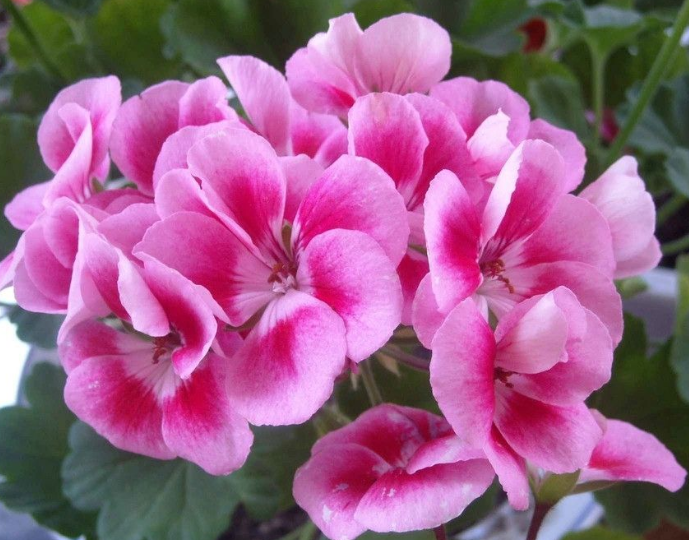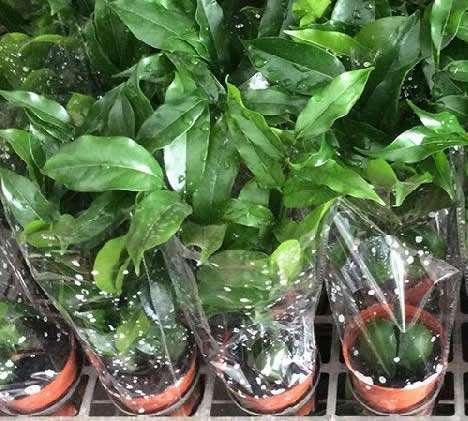Control methods of Camellia Diseases
Camellia disease control methods, when the quantity is small, the mildew layer can be gently scrubbed with clean water; when the quantity is large, 50% carbendazim 500-800 times solution can be sprayed to control. Timely elimination of shell insects, aphids and other pests can reduce the occurrence of soot disease.

The occurrence of camellia gray spot, soot and root rot is more common.
1. Camellia gray leaf spot: this disease mainly harms leaves and tender shoots. After the injury of the leaves, irregular dark brown disease spots appeared, and then large gray-white disease spots were formed. In the later stage of the disease, some disease spots ruptured from the leaf surface to shedding to form perforation. New shoots often fall off from the base after being damaged, so florists call it "disjoint disease".
2. Soot disease: also known as coal fouling disease, black mildew. At the initial stage of the disease, black mildew spots appeared on the leaves and branches, and then gradually expanded and spread the whole leaves or branches, making the leaves form a closely covered soot layer, hindering photosynthesis, weakening the growth potential and affecting the ornamental. Soot disease is easy to occur in the environment of high temperature, high humidity and poor ventilation. The disease is often accompanied by plants damaged by shell insects, aphids and so on.
3. Root rot: Camellia root rot is caused by soil fungi, cinnamon. Torture plants stop growing. The leaves of the plant turn yellow, then turn grayish green, wither and fall off. The roots of plants vary from healthy white to reddish brown or dark brown. The rotting root is unable to pick up water, and the factory eventually dies of dehydration. The fungus inflates the soil with poor drainage and lack of funds.
Prevention and control methods of camellia diseases:
① put the flowerpot in a ventilated and transparent place to avoid damp and stuffy environment.
② can reduce the occurrence of soot disease by eliminating shell insects, aphids and other pests in time.
When the amount of ③ is small, the mildew layer can be gently scrubbed with clean water; when the quantity is large, 50% carbendazim 500,800 times solution can be sprayed to prevent and cure.
Time: 2019-04-18 Click:
- Prev

What are the main reasons for the yellowing of the leaves in the indoor flowerpot?
Due to the limitation of the volume of flowerpots, the roots of potted flowers can not be freely extended downwards and around, so the root development is hindered. If poor management, improper watering and fertilization, yellow leaves will appear more easily than flowers in the open field.
- Next

What if the leaves of Lvyuanbao turn yellow? how to deal with the yellowing of leaves?
The leaves of Lvyuanbao turn yellow and are exposed to the sun. Lvyuanbao likes to grow in a cool and exposed environment, especially in the house for a long time. If exposed to the sun, it will make the leaves yellow and black. Lvyuanbao, formerly known as Chestnut Tree, is a legume plant. Two "yuan treasures", that is, the two beans of the seed.
Related
- Fuxing push coffee new agricultural production and marketing class: lack of small-scale processing plants
- Jujube rice field leisure farm deep ploughing Yilan for five years to create a space for organic food and play
- Nongyu Farm-A trial of organic papaya for brave women with advanced technology
- Four points for attention in the prevention and control of diseases and insect pests of edible fungi
- How to add nutrient solution to Edible Fungi
- Is there any good way to control edible fungus mites?
- Open Inoculation Technology of Edible Fungi
- Is there any clever way to use fertilizer for edible fungus in winter?
- What agents are used to kill the pathogens of edible fungi in the mushroom shed?
- Rapid drying of Edible Fungi

